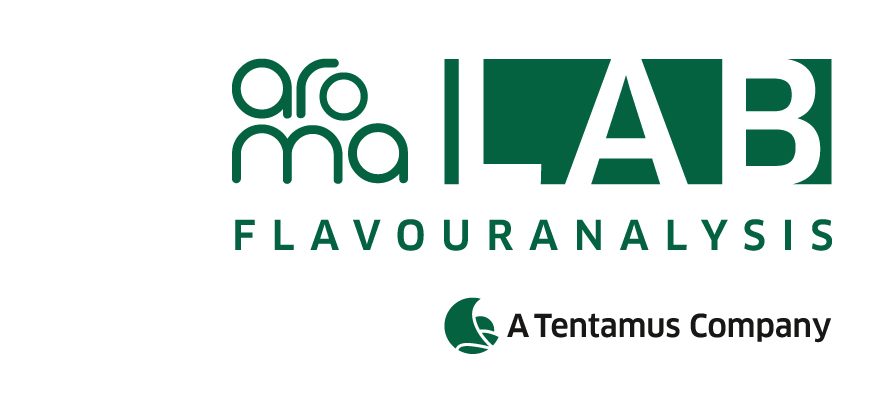We now offer a new analytical method, Headspace SPME (solid phase microextraction), which is suitable for routine aroma analysis as well as for special analytical questions!
Do you remember our article from last summer, in which we introduced you to our new Headspace SPME GC-MS? Back then, it was just an announcement of things to come, but after a lot of time spent on instrument testing and optimization, we are delighted to announce that our instrument is ready for use and approved for qualitative and quantitative analysis.
With a few exceptions, e.g. odorous substances with high boiling points that do not easily transfer into the gaseous phase, solid-phase microextraction is suitable for a wide variety of samples – not only from the food sector! Above all, it has become a more cost-effective and time-saving alternative to conventional sample preparation techniques, as the samples can be used directly without extensive preparation and the large quantities of high-purity solvents for extraction are no longer required. So which applications could be particularly interesting for our customers?
Quality control in the aroma sector often uses fingerprint analyses to compare multiple samples with each other or to a defined quality standard of interest. Headspace SPME technology not only allows a large number of samples to be analyzed in a relatively short time, but also offers advantages in terms of comparability of results. A lengthy “classical” workup procedure with multiple steps from extraction to purification and concentration can, despite all due care, lead to varying yields of aroma compounds in the extracts.
This type of analysis is particularly suitable, for example, for aroma mixtures. These often contain very volatile compounds that cannot be detected in a solvent extract, but also carrier substances such as propylene glycol or triacetin that can interfere with conventional sample processing.
Cosmetic products such as creams, shower gels or toothpaste can also be analyzed very conveniently via headspace SPME, partly because this technique is particularly well suited for the analysis of volatile fragrances, and partly because matrix components (e.g. fats or colorants) often make solvent extraction difficult.
Of course, these were just a few examples to illustrate the multiple applications of Headspace-SPME. Our new GC-MS certainly offers numerous other possible uses that we haven’t even considered yet, so we are excited to see what suggestions our customers will come up with. On to new shores in aroma analysis!
Contact us: info.aromalab@tentamus.com

